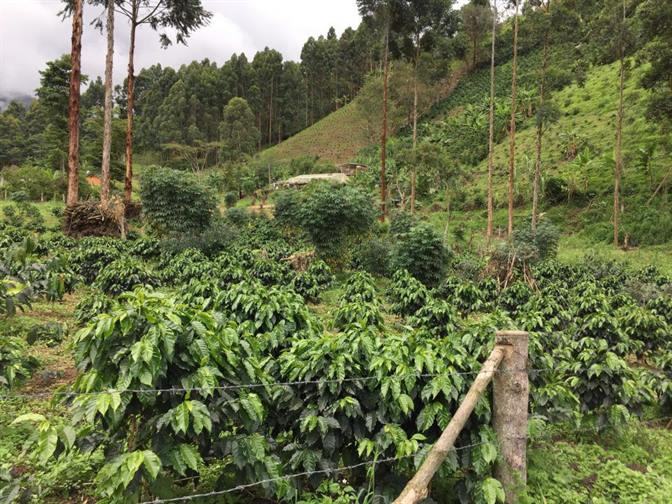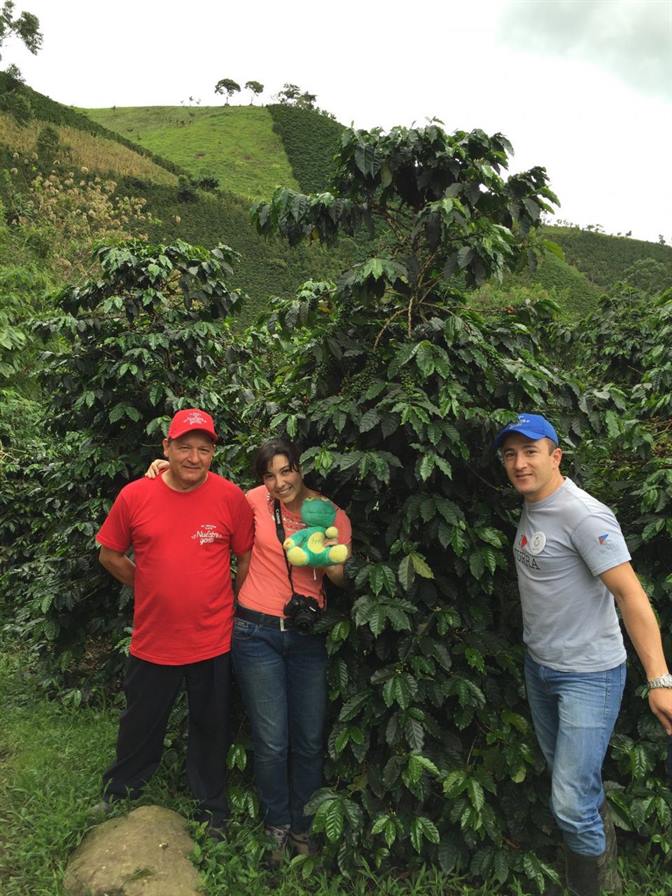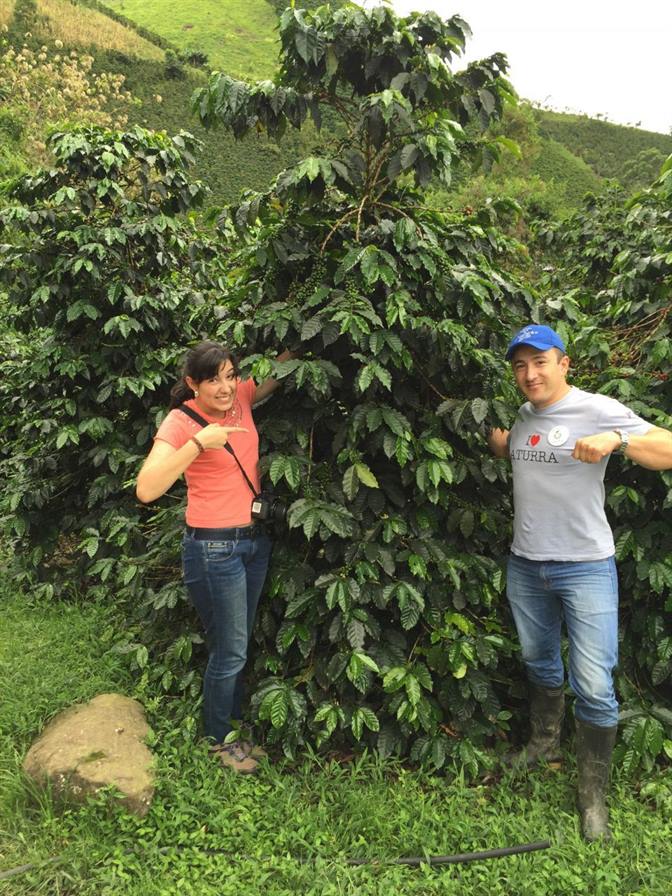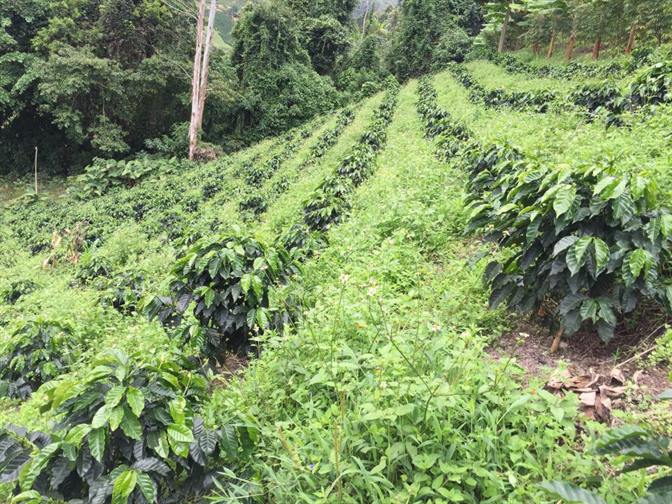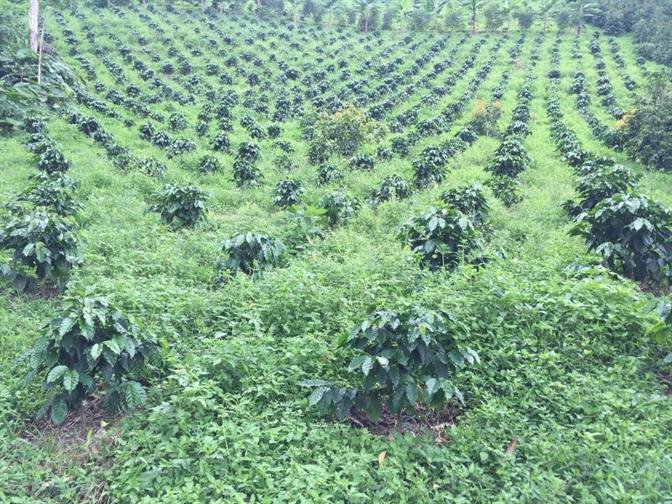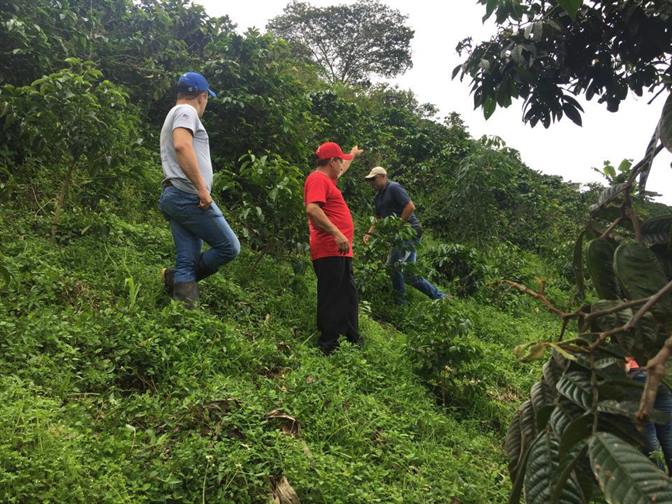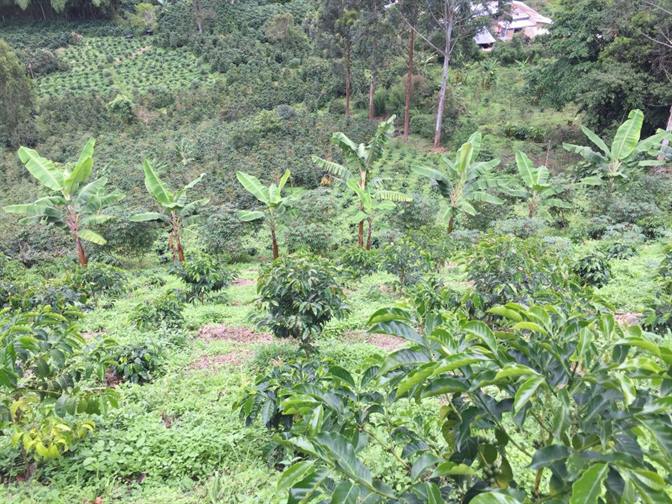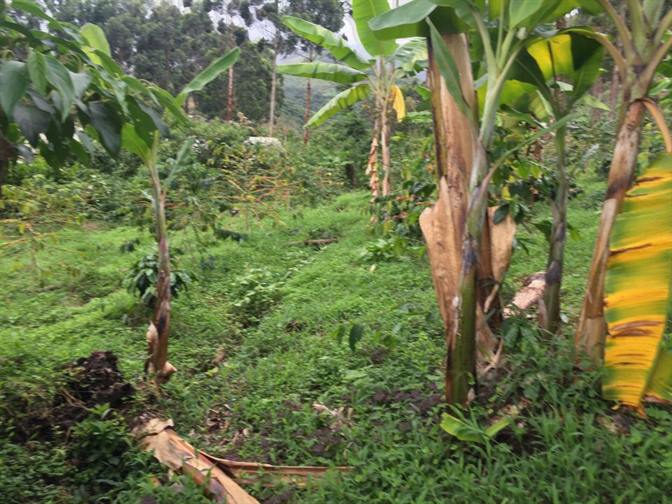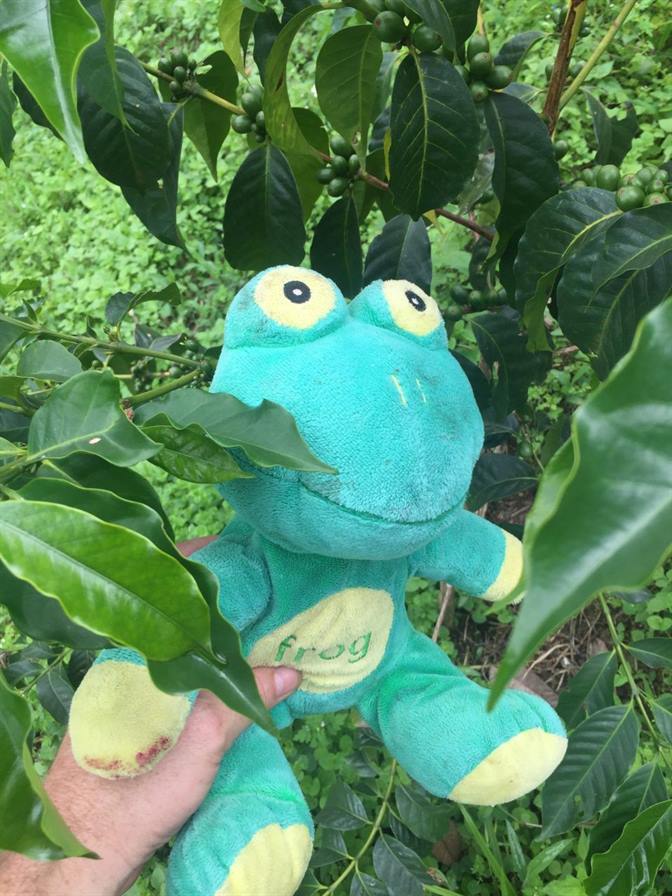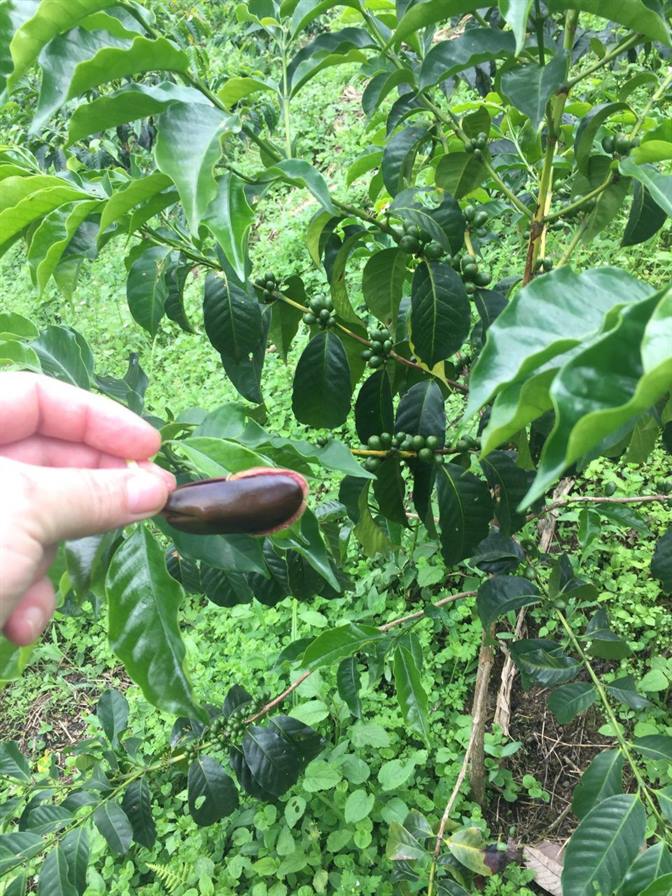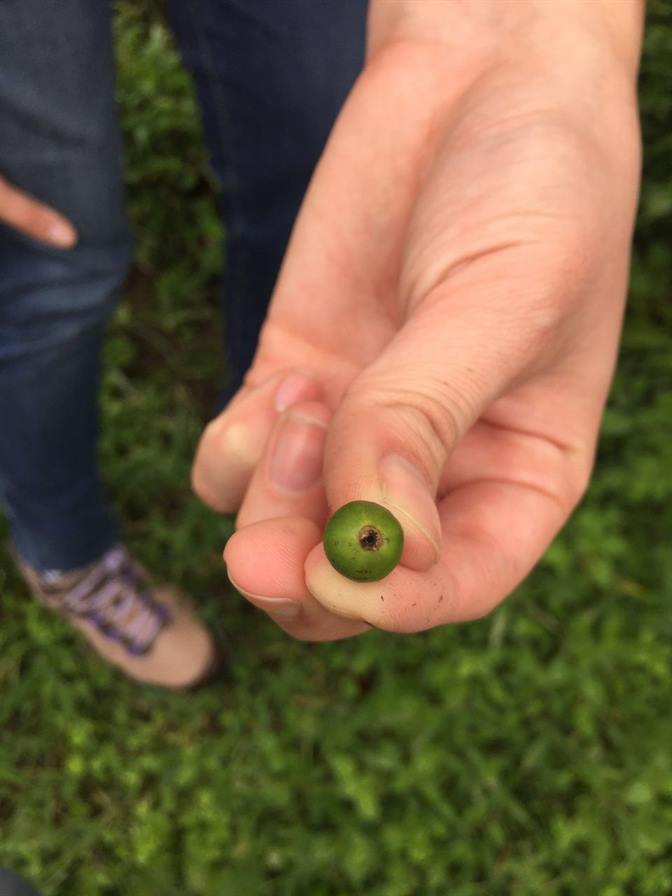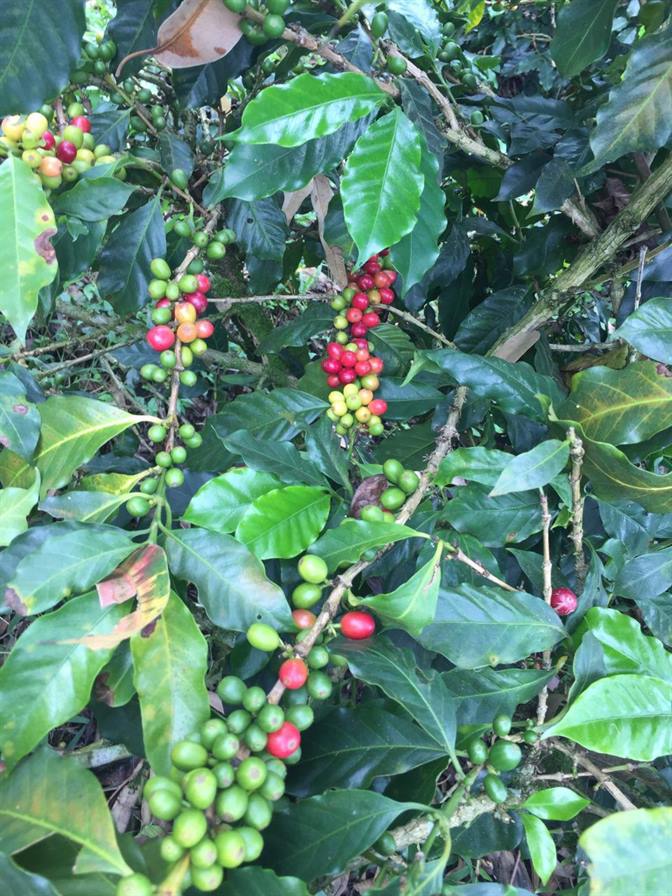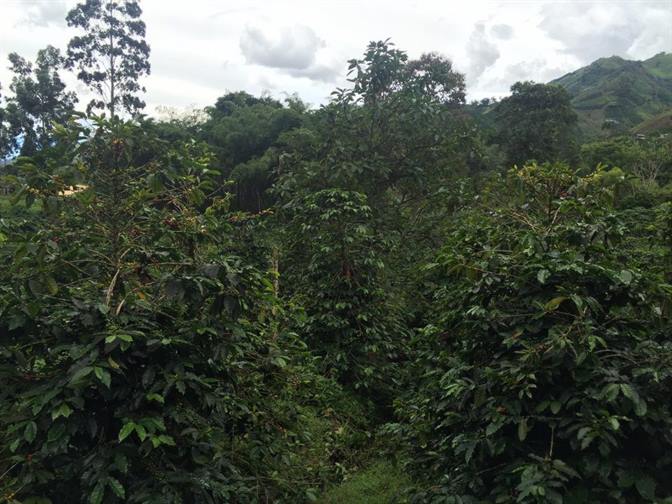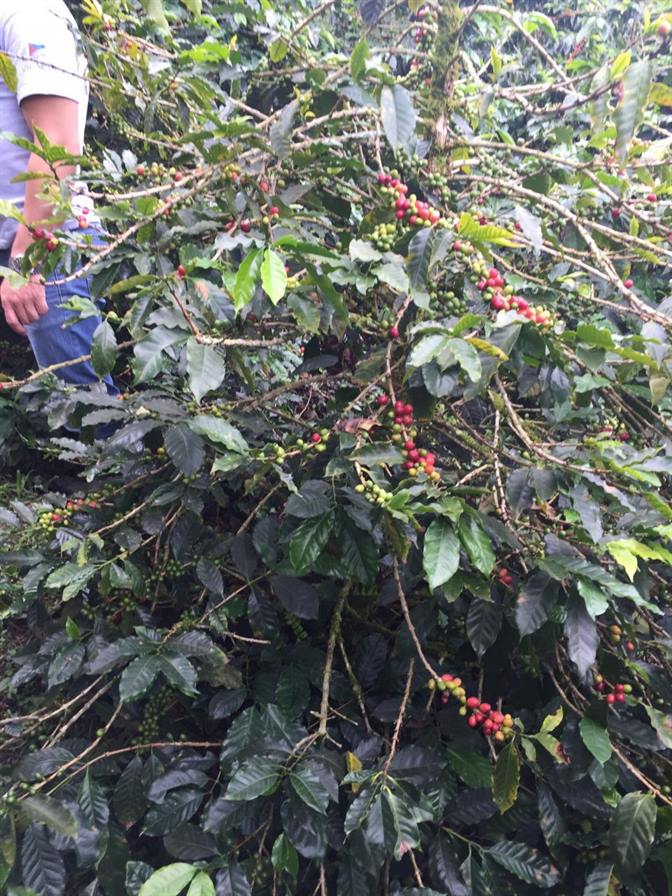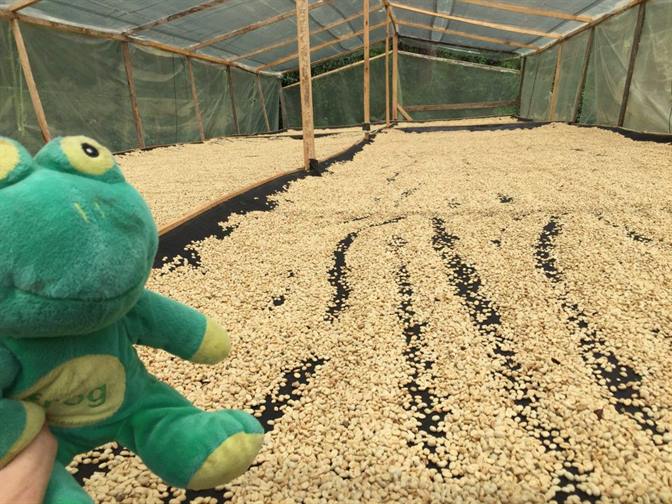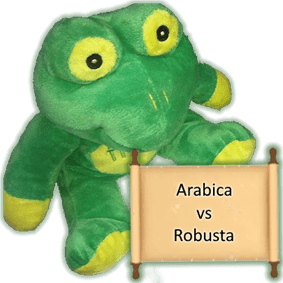Having receive our microlot for Jaime Casallas, Finca el Prado last month, we looked through our site and noticed the original post on our old blog quaffees.com – had not imported so decided to revisit the post and my notes and update the post.
Farmer (Caficultor): Jaime Casallas – but whole family involved
Farm: Finca el Prado
Date Visited: 29 Apr 2016
With Javier behind the wheel we departed from the Caravela quality control (QC) centre in Gigante. Javier knew the roads well, and it was fortunate. Once we left the tar road, we climbed up into the Andes, higher and higher, around some very narrow and twisty roads. The only evidence of civilization was the occasional hamlet and farm house. It took us almost an hour from Gigante to get to Finca el Prado.
The first microlot we offered as Quaffee, was from Jaime Casallas’ Finca el Prado. It was our introduction to what a microlot was, and it gave us a whole new appreciation of coffee and what a real coffee microlot was and why it was so special.
With this knowledge going through my mind, as we travelled the muddy mountain pass towards Finca el Prado, I started reflecting on the fact that for some people meeting a great artist, a rock star or actress is a dream. However for me, I was a little nervous to be making my way to meet Jaime Casallas, the man behind the first microlot coffee we had ever offered. In our coffee world meeting the people that produce coffee of this quality is rare, very rare.
When we arrived, we were greeted with the traditional Jugo, and pleasantries were exchanged. Jaime and his family were welcoming and friendly.


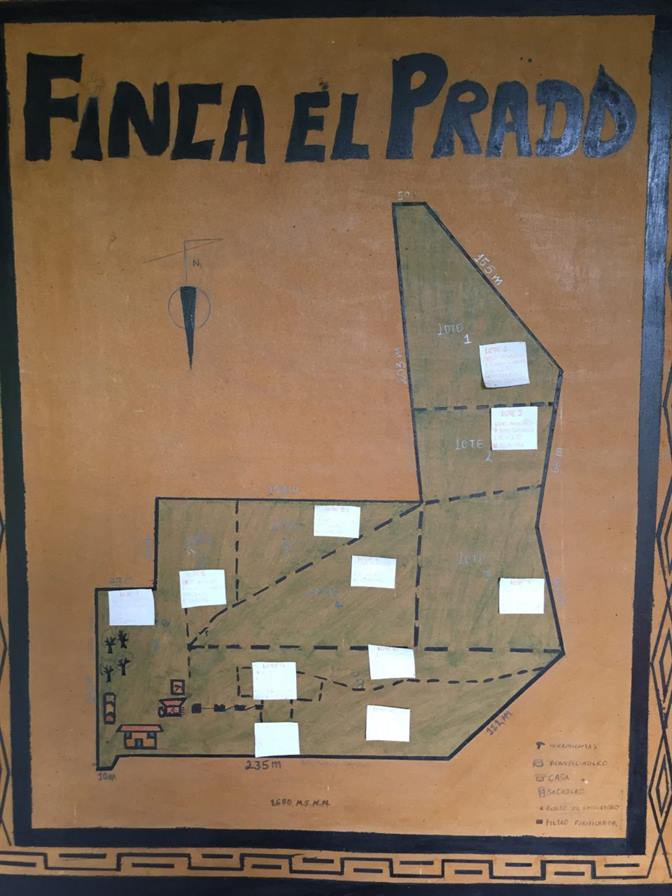
Microlots and history
My first question, was around his eagerness to do produce microlots.
He told us that initially he grew other produce, tomatoes, onion, yuca (a root plant like potato), plantain (similar to banana). When he sold his produce at the market, people fought over it. This made him think that he must have good land and perhaps he should start with coffee.
Initially the coffee he produced was sold through the standard Colombian cooperatives, not Caravela, but he knew he had good coffee. Like many farmers he thought that he could only sell to the cooperatives since they had a Monopoly. The cooperatives did not seem interested in the fact that he has taking care in producing good coffee.
Then his neighbour told him about Caravela and the premiums they paid. Originally his coffee did not pass the Caravela QC. But then they educated him on how to produce better quality, how to pick and process coffee. So, he learnt about growing quality coffee. And producing quality coffee. He was especially interested in microlots (the farmer gets all the premium we as roasters pay, so this is attractive).
He worked with Alessandro from Caravela (was Virmax) to learn what he could. He started concentrating on quality picking and proper processing and drying. After 1 year of working the Alessandro, he produced nine microlots. The extra more money he gets through Caravela helped provide stability for his family. As a result, his son then moved back to the farm.
Now his son helps with the farm, and hopes to take over from Jaime.
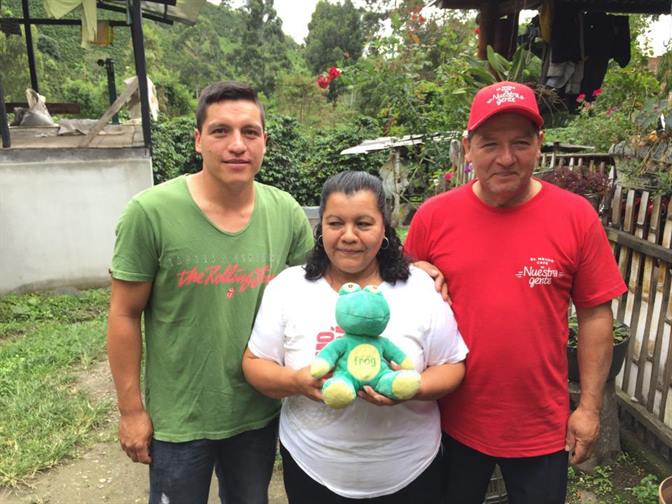
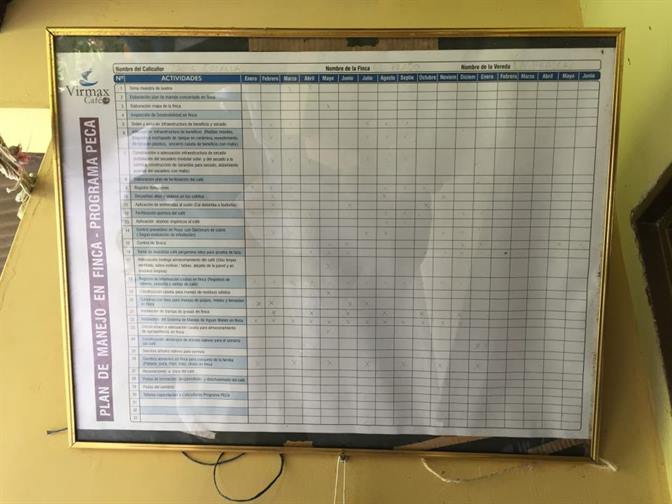
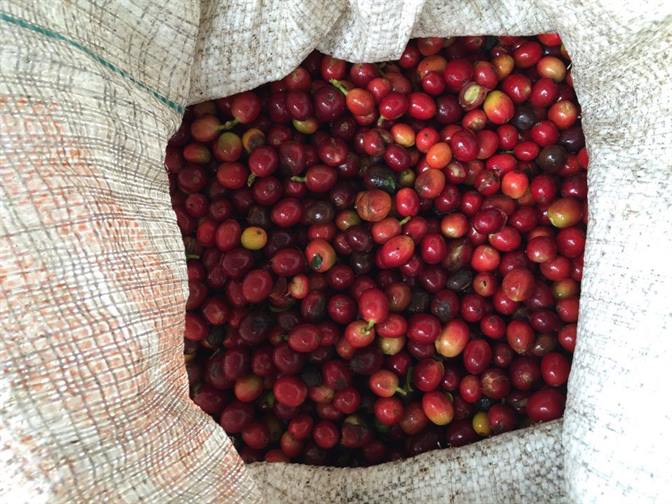
Processing, experiments and plans
Even after producing the micolots, he is finding other ways of improving this quality with a lot of experimenting. He also had to teach the pickers how to pick. Initially pickers were frustrated with his demands. He is very proud that they produced microlots after a lot of experimenting and work.
He is now committed to quality if they reach AA and AAA then AAA+. The Caravela team, we were with, agreed and say he has worked well with pushing up his quality.
They use floating tanks, if it is required after visual inspection. The coffee spends 12 hours on cherry, then it is de-pulped, and fermented for 24hrs in fermenting tanks. They then pre-dry the coffee for 3 days (in shade). After that they dry on raised parabolic driers, until moisture is 10.5%. Humidity and temperature are logged inside the parabolic dryer, and if it gets too hot open the sides to cool the coffee down, so it does not dry too quickly.
At the moment they are playing with warehousing and selecting parchment. They have separated their warehouse, from the house.
They currently need more drying space, and are trying to build more parabolic driers.
The son works with dad and they want to make the farm bigger, but want to keep the quality and want to enjoy the farm and life.
The family seemed super fascinated with almost every process.
They have planted Geisha to try it. It is now two years old. This will be his first crop.
The Quality focus has improved his life, he will not sell his farm.
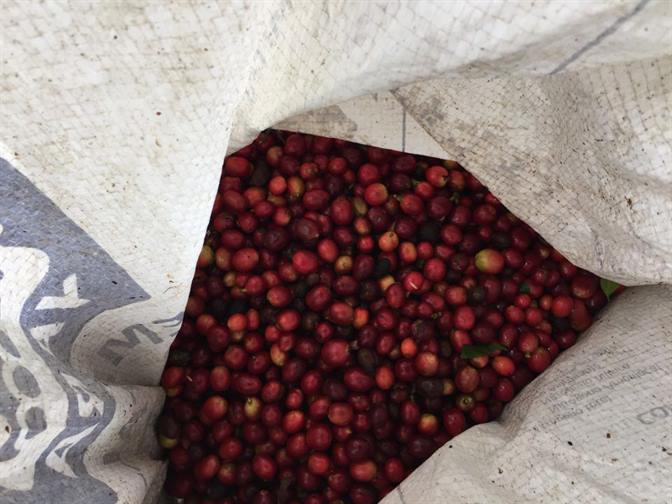
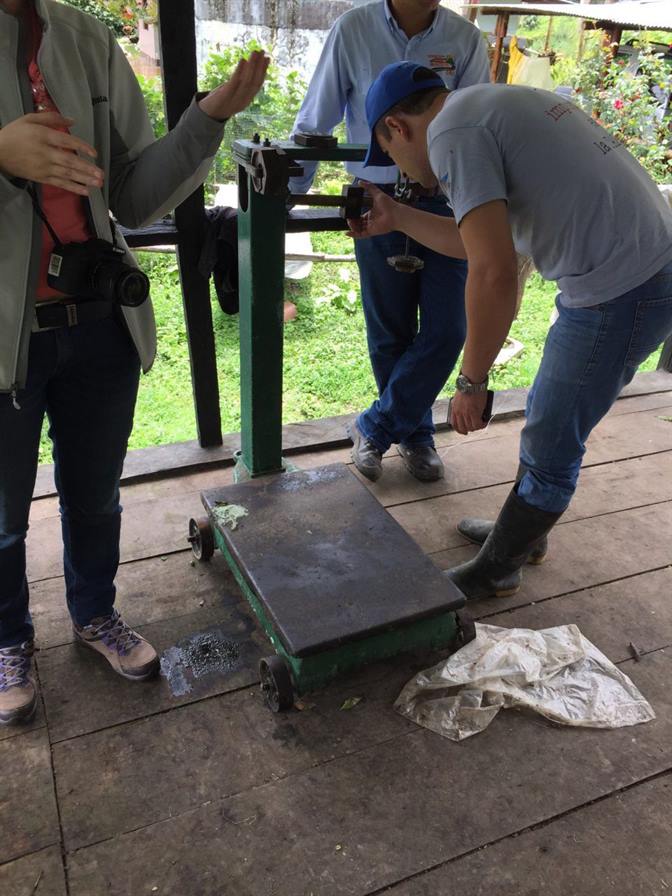

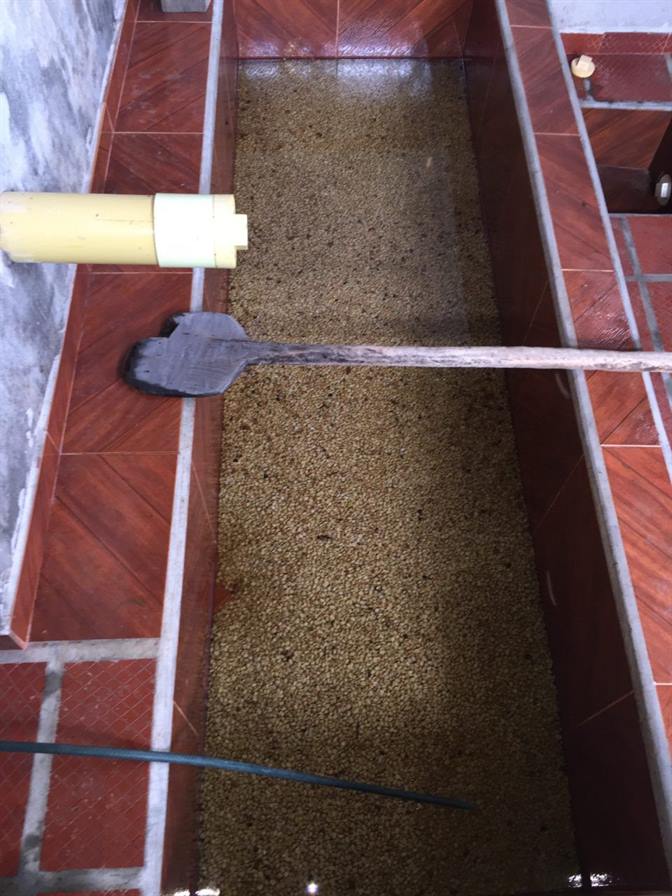

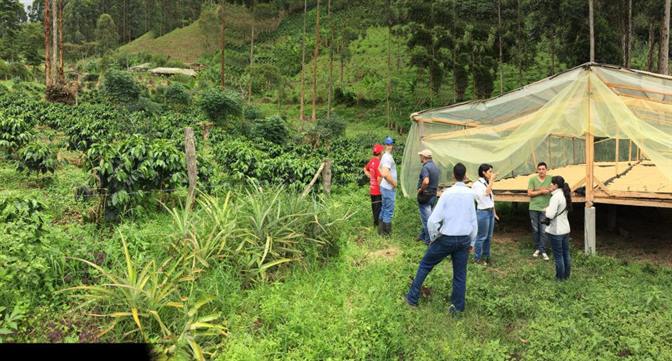
Labour issues
Labour has been hard to find. He has his pickers, but they are not always reliable so sometimes has to use seasonal workers. At the time of the visit he had 5 or 6 pickers as they pick every day. If they pick well they get $8000 peso per 12.5kgs (a typically picking basket size in Colombia). The going rate at other farms is $5000 peso per 12.5 kgs.
Typically takes around 1 hr to pick 12.5kg cherry. This relates to 1kg coffee.
Caravela notes
Caravel have bought coffee from 12 out of 110 farmers in the area. Most of these have done at least one microlot. This means this region is becoming well known for its good quality coffee.
The coffee they consume on the farm (and we tasted) was roasted by QC at Gigante. This is a service they offer to the coffee farmers.
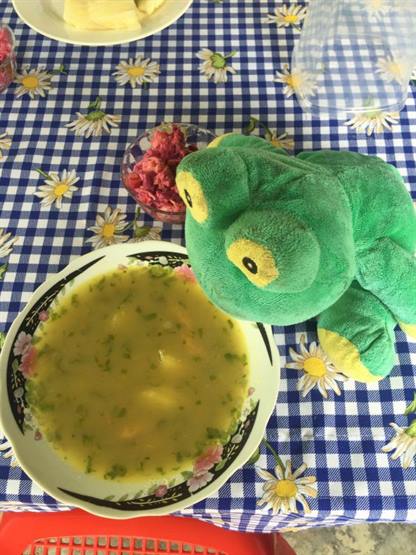
Walk through the farm
After a nice bowl of soup we took a walk through the farm, saw his Geisha, tall Caturra, and F6 cultivars he is producing.
We also saw his warehouse, processing and drying stations.
